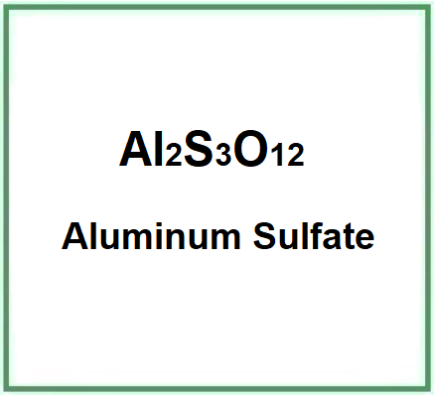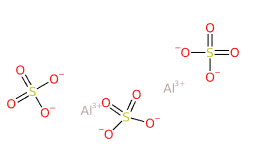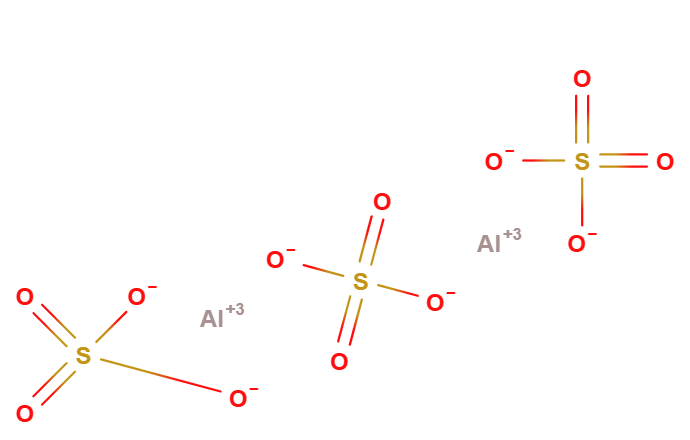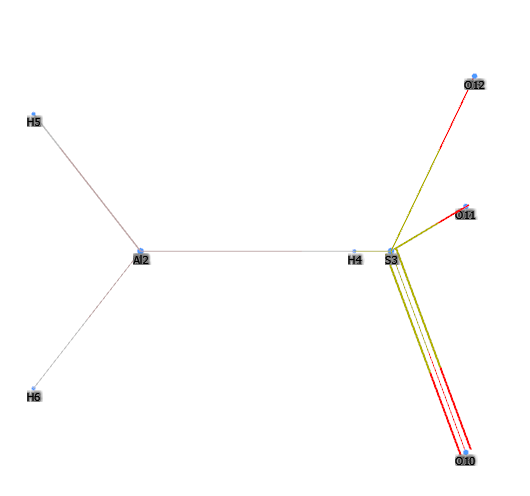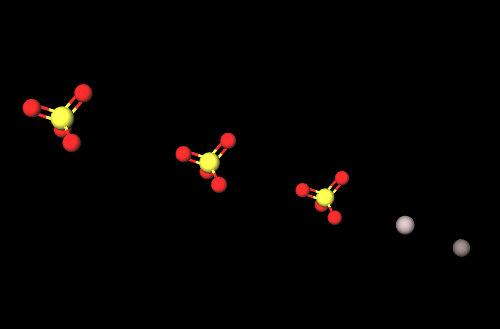Aluminum sulfate is a chemical compound, traditionally called ordinary alum is produced by the reaction of bauxite or clay with sulphuric acid.
It appears as a white or yellowish powder or as white or yellowish flakes, soluble in water and insoluble in ethanol, almost insoluble in acetone.
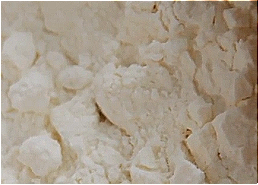
What it is used for and where
Food
Ingredient on the European food additives list as E520, firming agent, flocculating agent, pH reducer, coagulating agent.
Cosmetics
Antiperspirant. Controls both sweat and body odour by preventing sweat from reaching the stratum corneum with a preventive bactericidal action. If sweat has just reached the epidermal surface, it creates a temporary agglomeration on the sweat gland that will be removed by washing.
Cosmetic astringent. This ingredient exerts a direct effect on the skin by tightening dilated pores by contracting stratum corneum cells and removing superfluous oil.
Deodorant agent. When substances that give off an unpleasant odour are included in cosmetic formulations (typical examples are methyl mercaptan and hydrogen sulphide derived from garlic), deodorants attenuate or eliminate the unpleasant exhalation.
Safety
EFSA's Scientific Panel on Food Additives provided a scientific opinion reviewing the safety of aluminium sulphates (E520-523) and sodium aluminium phosphate, acid (E541) as food additives and concluded that there is no concern regarding genotoxicity and carcinogenicity. The Panel concluded that aluminium sulphates (E520-523) and sodium aluminium phosphate, acid (E541) are of no safety concern in current authorised uses and use levels (1).
However, the risk of cumulative intake of aluminium, which may pose a danger to human health, cannot be excluded as this ingredient can be found in widely consumed food products such as bread, various bakery products (2).
Other uses
- Coagulant for water treatment (flocculation and coagulation) and removal of certain contaminants.
- Main chemical used to kill trout parasites.
- Molecular Formula Al2O12S3 Al2(SO4)3 Al2S3O12
- Molecular Weight 342.2
- CAS 10043-01-3
- UNII I7T908772F
- EC Number 233-135-0
References_____________________________________________________________________
(1) Wong, W.W., Chung, S.W., Kwong, K.P., Yin Ho, Y. and Xiao, Y., 2010. Dietary exposure to aluminium of the Hong Kong population. Food Additives and Contaminants, 27(4), pp.457-463.
(2) EFSA Panel on Food Additives and Nutrient Sources added to Food (ANS); Younes M, Aggett P, Aguilar F, Crebelli R, Dusemund B, Filipič M, Frutos MJ, Galtier P, Gott D, Gundert-Remy U, Kuhnle GG, Lambré C, Leblanc JC, Lillegaard IT, Moldeus P, Mortensen A, Oskarsson A, Stankovic I, Waalkens-Berendsen I, Wright M, Di Domenico A, van Loveren H, Giarola A, Horvath Z, Lodi F, Tard A, Woutersen RA. Re-evaluation of aluminium sulphates (E 520-523) and sodium aluminium phosphate (E 541) as food additives. EFSA J. 2018 Jul 27;16(7):e05372. doi: 10.2903/j.efsa.2018.5372.
![]() Aluminum sulfate
Aluminum sulfate 

